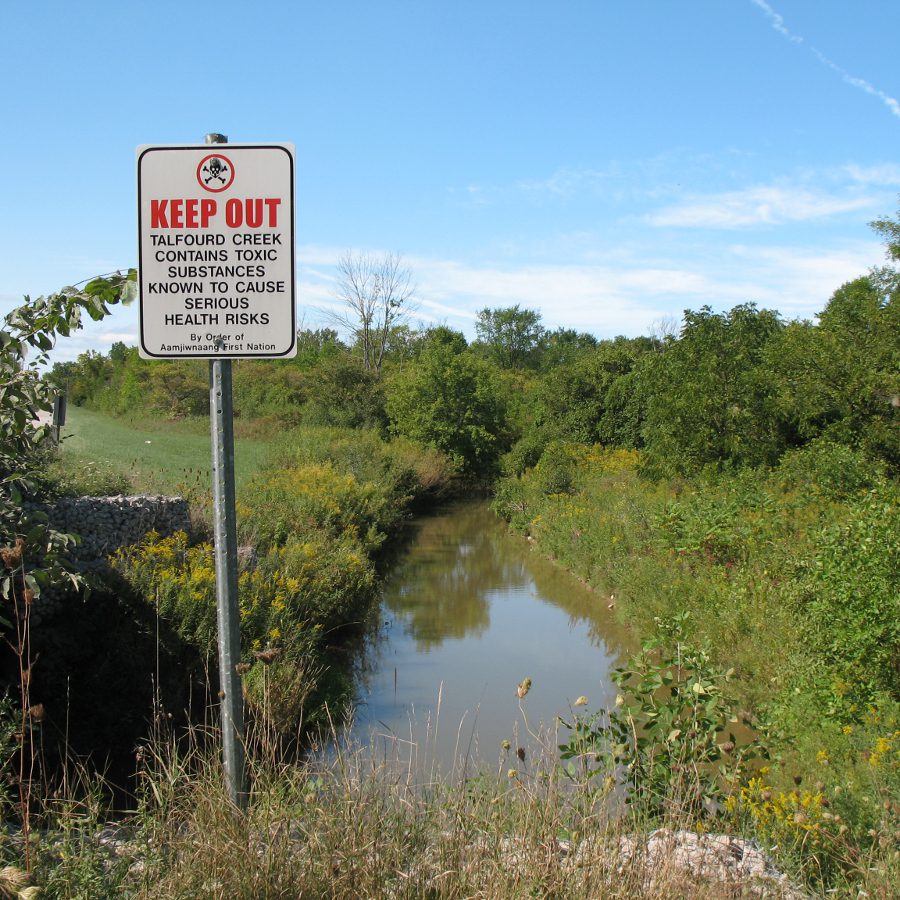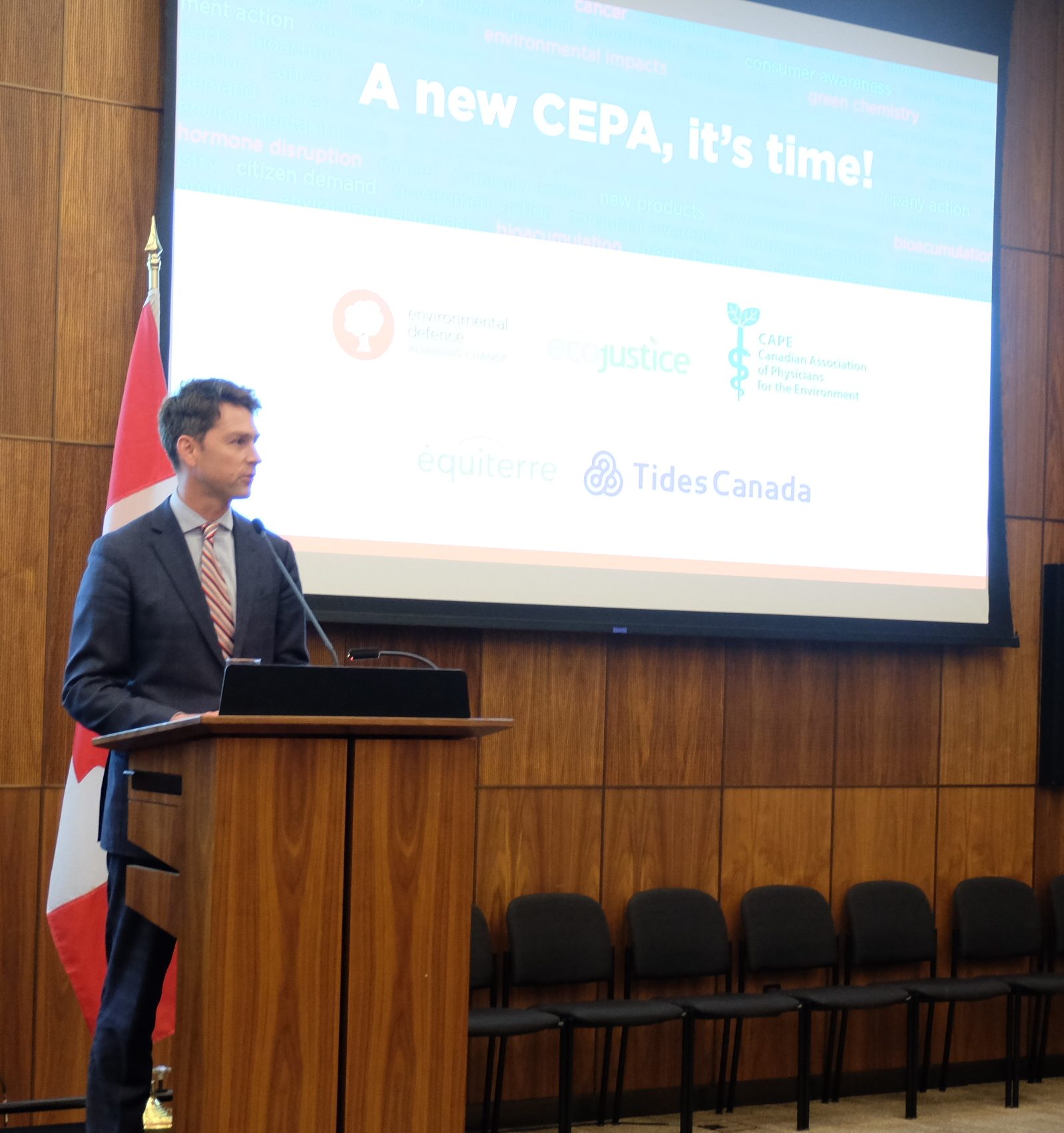From a legal recognition of our right to a healthy environment, to stronger protections from hormone-disrupting chemicals in consumer products, a parliamentary committee report recommends significant improvements to how Canada regulates toxics.
After a 15-month long review of the Canadian Environmental Protection Act (CEPA), a parliamentary committee report confirms that Canada’s main pollution and toxics law is outdated and needs a substantial overhaul.
This is big news! The significance of this report and the implications for public health, indigenous rights, and the safety and quality of our shared environment cannot be overstated.
(This is one giant step forward but the work isn’t over! Ask the federal government to improve toxic chemical regulations today.)
CEPA is arguably one of the most important laws for protecting human health and the environment. While it has managed and reduced the public’s and environmental exposures to some harmful substances over the years, CEPA has largely failed to fully protect us from exposure to and the effects of toxic chemicals, leaving the most vulnerable people and ecosystems especially at greater risk.

It’s been almost two decades since CEPA received a major makeover. As sources of pollution have significantly shifted (from industrial sources to consumer products) and as scientific research continues to uncover the effects of toxics on our health, Environmental Defence along with other health and environmental groups have advocated for updated and stronger laws.
Last week’s report by the House of Commons Standing Committee on Environment and Sustainable Development puts Canada on the right track to tackling pollution and protecting people and environment. After years of research, writing submissions, and meetings with government and industry, we are pleased to see the bulk of recommendations we’ve put forward over the years, including the high priority recommendations endorsed by a broad coalition of environmental, health and business leaders, adopted by the committee.
The committee’s 133 page report and 87 recommendations offer vital solutions and amendments that can fix CEPA. Here is a snapshot of what we think are among the key improvements recommended by the committee and why they are important:
- CEPA must recognize our right to a healthy environment and ensure equal protections for all, especially vulnerable populations who are disproportionately affected (e.g. children, pregnant women, the elderly, and socially marginalized groups like lower income families and indigenous communities) from pollution and toxic exposures.
- Certain substances of very high concern, such as some phthalates used in fragrances and toys, and potentially BPA (which was recently classified as an endocrine, or hormone, disrupting chemical) – would be fully banned unless the industry can prove their safety for certain uses.
- The risks of endocrine disrupting chemicals should be better assessed and managed, taking into account current scientific understanding of the dangers of these chemicals at very low doses and the risks to vulnerable people and the environment.
- Given we are exposed to dozens of chemicals on a daily basis, cumulative exposure to harmful chemicals need to be carefully assessed, and regulations should prioritize the substitution of toxic chemicals with safer alternatives.
For example, products such as plastic containers and bottles labelled as “BPA-free” have been shown to contain BPS or BPF, which have been shown to potentially have similar effects as BPA.
- Once a chemical is found to be toxic under CEPA, the timeline for managing its risks through bans or restrictions needs to be shortened. For example, PBDE’s were declared toxic in 2006 but it took 10 years for the government to finalize the regulations to ban them. Canada remains to be the only industrialized country without legally binding air quality standards – we need a national enforceable standard to reduce air pollution. According to a Unicef report, Canada is one of only two rich countries whose air quality hasn’t improved in the past 10 years. This contributes to the country’s poor international standing in terms of children’s well-being (Canada is ranked 25th).
- All products containing toxic substances should be labelled with warning statements to help consumers make informed and safer shopping choices.
As illustrated by the above examples, the committee’s report provides a strong blueprint for legislative amendments that will significantly strengthen CEPA. If adopted into legislation, these recommendations will save lives, prevent illnesses, safeguard our water, and protect wildlife. Not to mention the billions of dollars that our economy will save from the healthcare costs that could be avoided.
The fight isn’t over. The Ministers of Health and Environment and Climate Change now have 120 days to publish a response to the committee’s report. After years of foot dragging and inaction on toxics and pollution, we now have a once-in-a-generation opportunity to protect our environment and ensure healthier lives for people and many generations to come.
Make your voice heard! Sign our petition or speak to a Member of Parliament about why a stronger CEPA matters to you!









